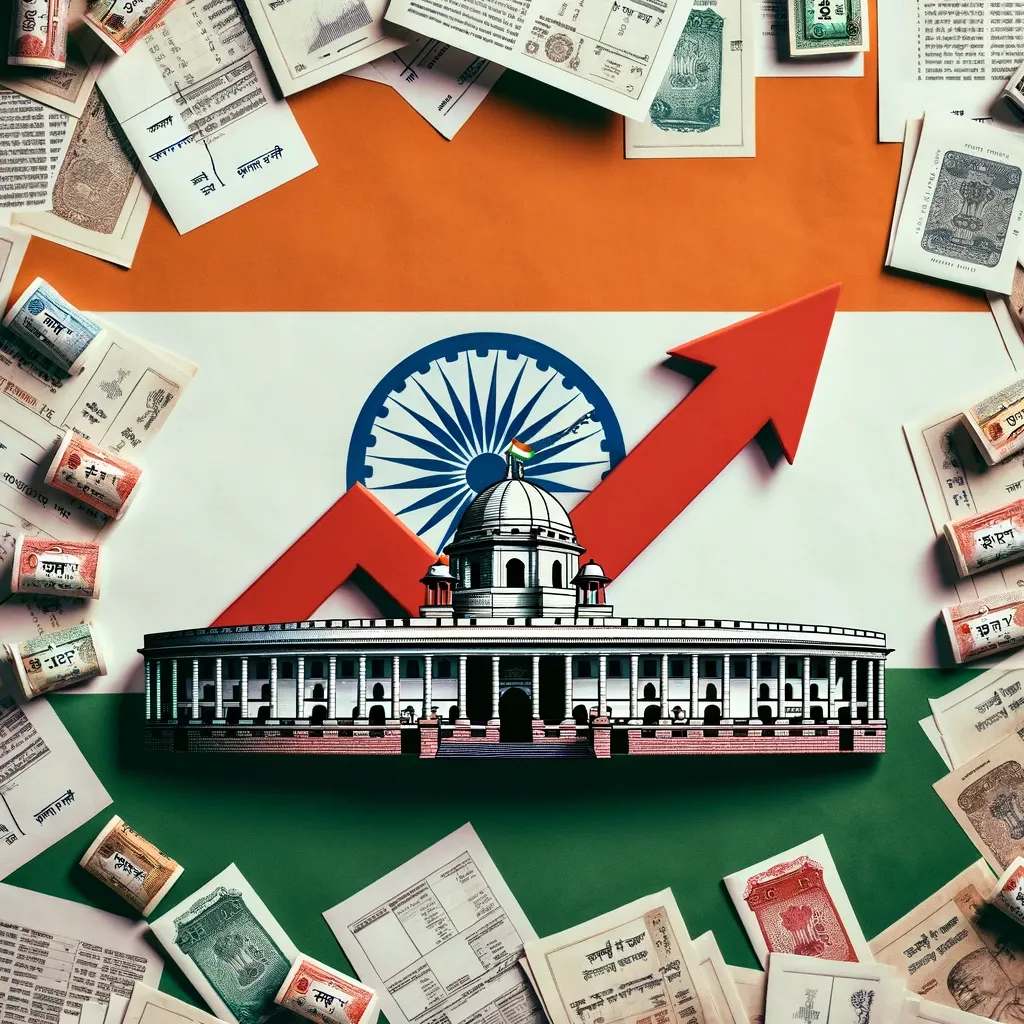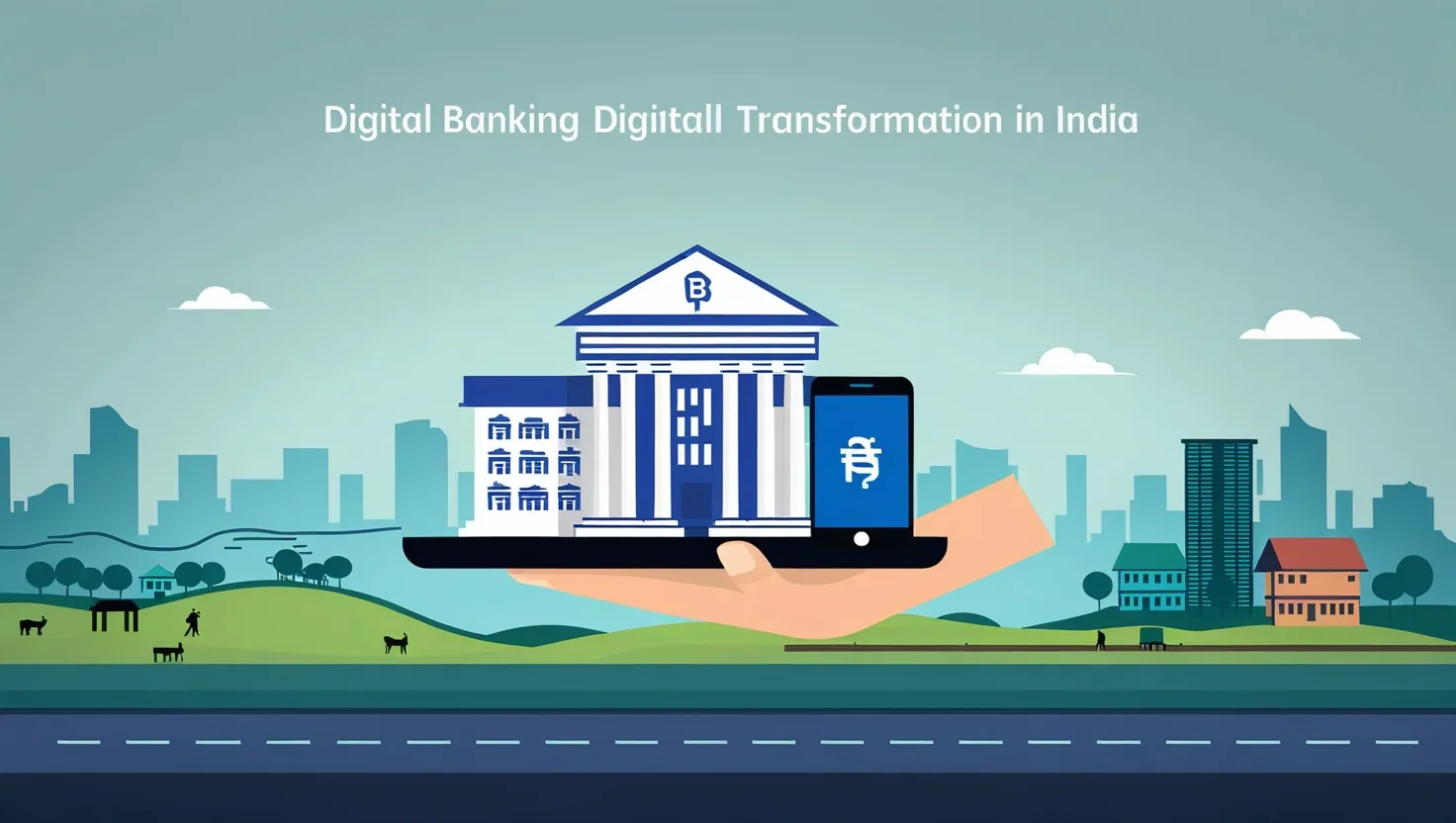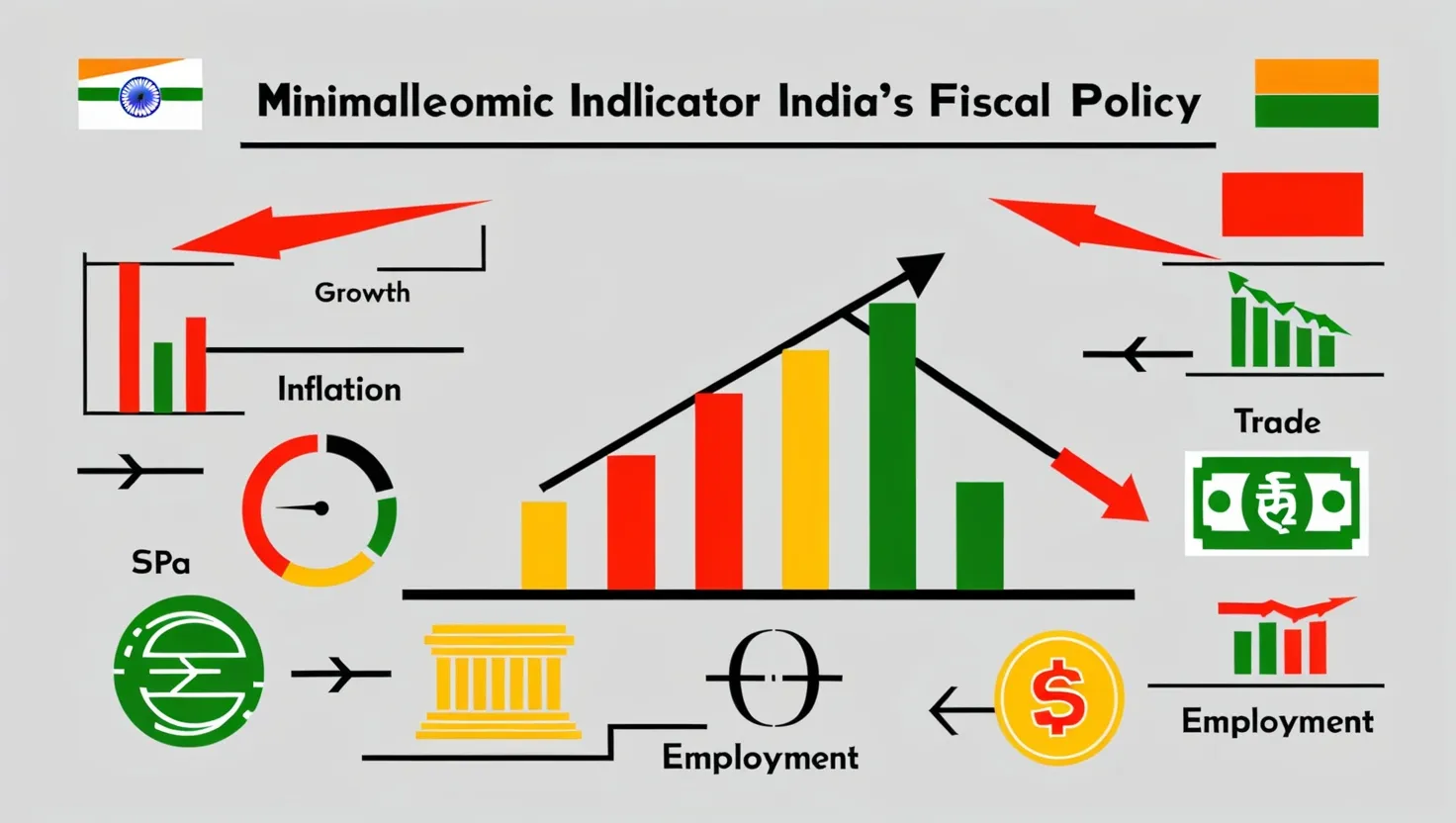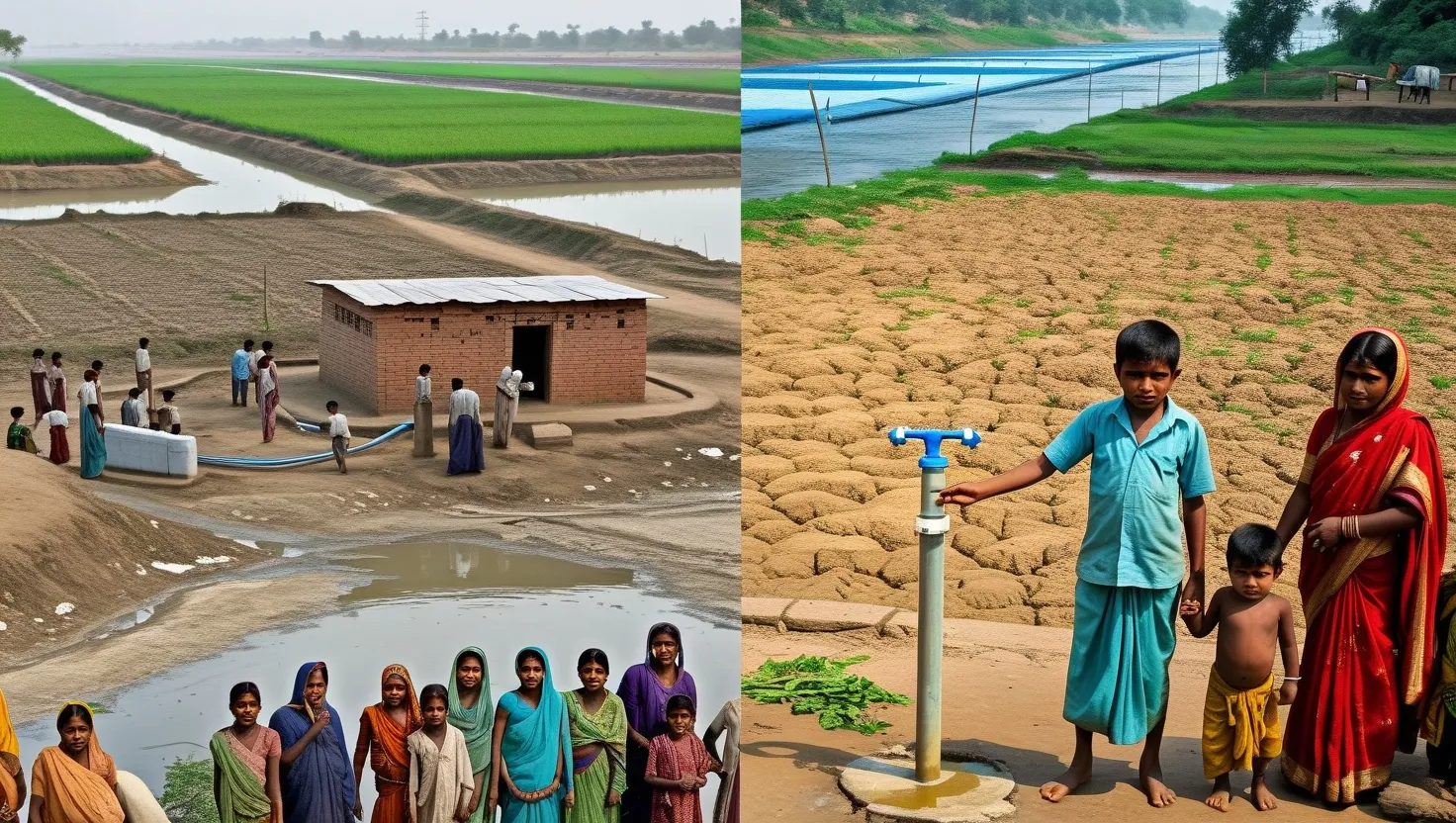Sovereign bonds are essentially loans that countries take out from the global market. Investors buy these bonds, and in return, the issuing government commits to paying back the principal at a later date along with regular interest payments. These can be in the local or a foreign currency. The appeal of investing in sovereign bonds largely hinges on the country’s economic stability and fiscal policies. Essentially, they're a critical tool for governments to finance their needs, but for investors, they come with varying degrees of risk, including inflation and potential default.
The global sovereign credit rating system acts as a barometer for a country’s financial health and its capability to repay debts. Agencies such as Standard & Poor's (S&P), Moody's, and Fitch Ratings evaluate and assign ratings to countries, ranging from 'AAA' for those with the strongest debt repayment capacities to 'D' for those in default.
These ratings are crucial because they influence the interest rates countries face when borrowing money. The assessment criteria include economic performance, political stability, and external debt levels. However, this system has faced criticism for perceived biases and its significant impact on countries' borrowing costs and economic development. This nuanced approach to rating sovereign credit underscores the complexity of global finance and the importance of transparent, equitable evaluations.
How does credit rating affect governments?
Suppose CountryA has been awarded an 'AAA' credit rating, the highest possible score. This rating signals to investors that CountryA has a very strong capacity to meet its debt obligations. As a result, CountryA enjoys several benefits:
- Lower Borrowing Costs: Due to its top-tier rating, CountryA can borrow money from international markets at very low interest rates. Investors are willing to accept lower returns for the perceived safety of lending to CountryA.
- Attractive to Investors: The 'AAA' rating makes CountryA a magnet for foreign investment. Investors looking for a safe haven for their capital are more likely to buy CountryA's bonds.
- Economic Stability: The low cost of borrowing and high investor confidence can contribute to economic stability and growth. CountryA can finance infrastructure projects, education, and healthcare without straining its budget.
CountryB, on the other hand, has been rated 'B', a speculative grade. This lower rating suggests that CountryB has a higher risk of defaulting on its debt. The consequences are significant:
- Higher Borrowing Costs: To compensate for the higher risk, investors demand much higher interest rates from CountryB. This makes borrowing from international markets expensive, limiting CountryB's ability to finance new projects.
- Reduced Investment: The 'B' rating deters some foreign investors, who prefer not to risk their capital. This reduction in investment can lead to slower economic growth and fewer job opportunities.
- Economic Challenges: CountryB may struggle to fund essential services and development projects due to its high borrowing costs. This can lead to a cycle of debt and austerity measures, which might further stifle economic growth and social welfare.
What is it for normal citizens like you & me?
Citizens of CountryA: Benefiting from a High Credit Rating
- Lower Taxes and Better Services: With the government able to borrow at low interest rates, CountryA might not need to levy high taxes to fund its projects. This financial flexibility allows for better public services, such as healthcare and education, enhancing the quality of life.
- Job Opportunities: The influx of foreign investment into infrastructure and businesses boosts job creation. Citizens of CountryA may enjoy lower unemployment rates and a variety of employment options across sectors.
- Economic Stability and Growth: The overall economic stability fostered by investor confidence and sustainable debt levels supports steady growth. This can lead to increased household incomes, better savings rates, and a higher standard of living.
Citizens of CountryB: Facing Challenges from a Low Credit Rating
- Higher Taxes and Reduced Public Services: To cover the high interest costs of borrowing, CountryB might increase taxes, which can strain the finances of its citizens. Budget constraints may also lead to cuts in public services, affecting education, healthcare, and infrastructure development.
- Limited Job Opportunities: With reduced foreign investment, economic growth may stagnate, leading to fewer job opportunities. High unemployment or underemployment can become significant issues, affecting income levels and overall economic security.
- Inflation and Economic Hardship: The high cost of borrowing and potential currency devaluation can lead to inflation. This diminishes purchasing power, making everyday goods and services more expensive for citizens. Economic challenges can compound, leading to increased poverty rates and social unrest.
Where does India Stand?
India's sovereign credit rating by major international rating agencies like Standard & Poor's (S&P), Moody's, and Fitch Ratings was positioned in the 'BBB-' category by S&P and Fitch, and 'Baa3' by Moody's. These ratings are at the lower end of the investment-grade spectrum. Despite India being the world's fifth-largest economy by GDP, its credit rating does not align with its economic size for several reasons.
But Why?
- Fiscal Deficit and Debt Levels: India has historically had high fiscal deficits and public debt levels relative to its GDP. High government borrowing can limit fiscal flexibility and increase vulnerability to economic shocks, which are key considerations for rating agencies.
- Income Levels and Economic Diversity: Despite its large GDP, India's per capita income remains relatively low compared to developed economies. Additionally, while India's economy is diverse, there are still significant disparities in income and economic development, which can affect its creditworthiness.
- Banking and Financial Sector Risks: The health of a country's banking and financial sectors is a crucial factor in credit ratings. India has faced challenges with non-performing assets (NPAs) and stress in the banking sector, which can pose risks to economic stability and growth.
- Structural Challenges: India faces structural challenges, including infrastructure deficits, regulatory hurdles, and labor market rigidities. These issues can constrain economic growth potential and affect investor confidence.
- External Vulnerabilities: While India has a robust foreign exchange reserves position, it still faces external vulnerabilities due to trade deficits, reliance on oil imports, and global economic fluctuations. These factors can impact balance of payments and currency stability.
Why One-Fit-All Rating system is the problem?
The critique of the global sovereign credit rating system often centers on its perceived biases, especially against traditionally growing economies like India. Critics argue that the "one-size-fits-all" approach to credit rating does not fully account for the unique challenges and opportunities that such economies present.
Current Income Levels vs Sustained growth: Rating agencies often give considerable weight to current income levels and fiscal metrics. While these are important, such an approach can underemphasize the growth potential of economies like India, which, despite lower per capita income levels, show robust long-term growth prospects driven by demographic trends, technological adoption, and reforms.
Structural Influence: Fast-growing economies frequently undertake significant structural reforms which may have short-term costs but promise long-term benefits. The rating agencies' models, focused on short to medium-term metrics, might not fully capture the positive impacts of these reforms on the country's creditworthiness.
Different Economic Models: Traditional credit rating methodologies may not adequately consider the diverse economic models and development paths of different countries. For example, India's model, characterized by a mix of high-tech industries and a vast informal sector, presents a complex picture that challenges standard assessment frameworks.
Different Development Stages: Countries are at different stages of economic development, with varying institutional strengths, governance standards, and economic structures. A uniform credit rating system can overlook these nuances, leading to assessments that don't fully reflect a country's fiscal health or default risk.
Varying Sensitivities to External Shocks: Developing economies may have different vulnerabilities to external shocks, such as commodity price fluctuations or global financial crises, than developed economies. A standard approach may not accurately assess these risks.
Institutional and Political Context: The political and institutional context, crucial for sustainable economic growth and stability, varies widely across countries. Uniform rating criteria may not fully capture the effectiveness of a country's institutions or the impact of its political environment on economic policies.
How India Pays the Price
Higher Borrowing Costs: Despite having a sizeable and fast-growing economy, the relatively lower credit ratings mean India faces higher interest rates on international borrowings compared to countries with higher ratings but similar or lower growth prospects. This increases the cost of debt servicing, diverting resources away from development projects.
Investment Flows: Perception of higher risk, influenced by credit ratings, can deter foreign investment. For a country like India, which seeks substantial foreign investment in infrastructure and other sectors, this can slow down economic progress.
Policy Constraints: The pressure to improve credit ratings can push governments towards fiscal tightening at times when expansionary policies might be more beneficial for long-term growth. This can lead to suboptimal policy choices, prioritizing short-term improvements in fiscal metrics over long-term developmental needs.
Rating System that is Entirely Biased on Western Model of Society:
A credit rating system primarily based on Western models can present several limitations, especially when applied to non-Western or emerging economies. This discrepancy arises due to fundamental differences in economic structures, development stages, and socio-political contexts between Western countries and the rest of the world.
Credit rating models often emphasize factors such as fiscal discipline, debt levels, and political stability, viewed through a lens shaped by Western economic governance standards. This approach can undervalue the strengths of emerging economies, such as high growth potential, demographic dividends, or innovative approaches to governance and economic development that diverge from Western norms.
Western-centric models may place excessive focus on short-term risks and volatilities, which are more prevalent in fast-growing economies. This can lead to underappreciation of long-term growth prospects and the capacity for structural transformation in these economies. Such a short-term focus may penalize countries for taking necessary steps towards long-term development, even if these steps involve short-term risks or fiscal expansion.
The use of a one-size-fits-all, Western-centric credit rating system can exacerbate global inequalities. Lower ratings for emerging economies translate into higher borrowing costs and reduced access to international capital, hindering development efforts and reinforcing existing disparities in wealth and economic power between countries.
Emerging economies often innovate out of necessity, developing unique solutions to economic and social challenges. A credit rating system that fails to recognize or understand the value of these innovations may unduly penalize countries for deviating from conventional Western economic policies or structures.
Summary:
Sovereign Bonds and Credit Ratings: Sovereign bonds are loans countries take out from the global market, and credit ratings assess their ability to repay these loans. High ratings mean lower borrowing costs, while low ratings increase costs and reduce investment.
Impact of Credit Ratings on Citizens: High credit ratings can lead to economic stability, lower taxes, better public services, and more job opportunities. Conversely, low ratings can result in higher taxes, reduced services, and economic challenges for citizens.
India's Credit Rating Scenario: Despite being the world's fifth-largest economy, India's credit ratings are lower than might be expected due to factors like fiscal deficits, debt levels, banking sector issues, and structural challenges.
Perceived Biases in Credit Rating Systems: Traditional rating systems may not fully capture the growth potential of emerging economies like India, focusing instead on short-term risks and using models that may not account for local contexts or long-term benefits of structural reforms.
Limitations of Western-Based Rating Models: Such models may not accurately reflect the realities of non-Western economies due to differences in development stages, economic structures, and an overemphasis on short-term risks.
Need for a More Inclusive Rating System: A fairer credit rating system should consider diverse economic models, long-term growth prospects, and the unique challenges and innovations of emerging economies to reduce global inequalities and support development.
Check this amazing video on this topic.






